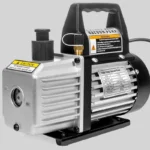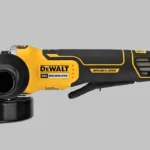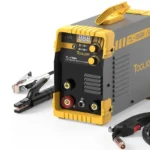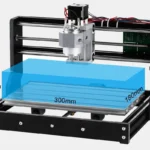Have you ever tried using your power tools on a rainy day, only to end up with a soaked tool and a ruined project? Water and power tools generally don’t mix well, but that’s where water resistance comes into play. Understanding what water resistance means for power tools can be a game-changer, especially if you often work in wet conditions.
- Why Do We Need Water-Resistant Tools?
- What Do We Mean by Water-Resistant Tools?
- Waterproof vs. Water-Resistant
- What Are Waterproof Power Tools?
- What Are Waterproof Hand Tools?
- How to Keep Your Power Tools Water Protected
- Understanding the IP Protection Rating
- How to Make Your Cordless Power Tool Water Resistant
- FAQs
- Conclusion
Why Do We Need Water-Resistant Tools?
Imagine this: You’re working on an outdoor project, and suddenly, it starts pouring. Without water-resistant tools, you might as well pack up and head inside. Water-resistant tools are designed to handle a bit of moisture without short-circuiting or corroding, which means they can save you time, money, and a lot of frustration. They’re perfect for anyone who works in unpredictable weather, wet environments, or simply wants the peace of mind that a little water won’t ruin their tools.
What Do We Mean by Water-Resistant Tools?
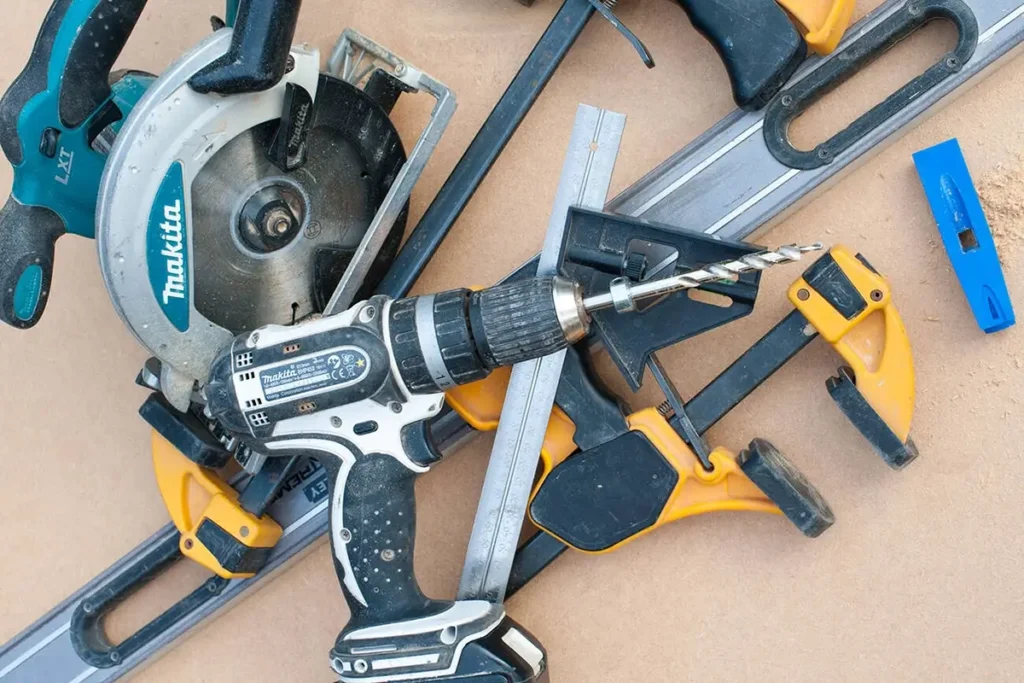
Water-resistant tools can handle exposure to water but aren’t completely impervious. This means they can withstand splashes, rain, and damp conditions but not submersion. Think of it like wearing a raincoat – you stay dry in the rain, but you wouldn’t go swimming in it.
Waterproof vs. Water-Resistant
It’s crucial to distinguish between waterproof and water-resistant tools. Waterproof tools can be fully submerged in water without damage, while water-resistant tools can only handle occasional water exposure. For most DIY enthusiasts, water-resistant tools are sufficient, but professionals working in extreme conditions might need waterproof tools.
IP Ratings
The Ingress Protection (IP) rating system helps categorize how well a tool is protected against dust and water. For instance, an IP65 rating means the tool is dust-tight and can handle low-pressure water jets. Here’s a quick guide to what those ratings mean:
| IP Rating | Protection |
|---|---|
| IPX0 | No protection against water |
| IPX4 | Protection from splashes from any direction |
| IPX5 | Protection from low-pressure water jets |
| IPX7 | Protection from immersion up to 1 meter |
What Are Waterproof Power Tools?
Waterproof power tools are designed for extreme conditions where tools might be submerged or constantly exposed to water. These tools are often used in marine environments, by first responders, or in heavy-duty construction where water exposure is inevitable. Brands like Makita and Milwaukee offer waterproof options for those who need the utmost protection.
What Are Waterproof Hand Tools?
While waterproof hand tools might seem less critical, they can be incredibly handy. Think about electricians or plumbers who often work in damp conditions. Tools with rubberized grips and special coatings can prevent slips and ensure longevity.
How to Keep Your Power Tools Water Protected
Protecting your tools from water isn’t just about buying water-resistant versions. Proper storage and care are crucial. Here are some tips:
Storage Tips
- Dry Storage: Always store your tools in a dry place. Use toolboxes or storage cabinets with good seals.
- Protective Covers: Use covers or cases that add an extra layer of protection.
- Dehumidifiers: In extremely humid areas, a dehumidifier can help keep your tools dry.
Preventive Measures
- Regular Inspections: Check your tools regularly for any signs of water damage or rust.
- Immediate Drying: If your tools do get wet, dry them immediately. Use a cloth for drying and follow up with compressed air for hard-to-reach areas.
- Protective Coatings: Apply protective coatings to metal parts to prevent rust and corrosion.
Understanding the IP Protection Rating
Understanding IP ratings can help you choose the right tool for your needs. Here’s a deeper look into the IP rating system:
- First Digit (Solid Protection): Indicates protection against solids like dust.
- 0: No protection
- 6: Dust-tight
- Second Digit (Liquid Protection): Indicates protection against liquids.
- 0: No protection
- 7: Protection against immersion up to 1 meter
For example, an IP67 rating means the tool is dust-tight and can handle being submerged in water up to 1 meter deep.
How to Make Your Cordless Power Tool Water Resistant
If your tools aren’t water-resistant, you can make them more durable. Here’s a quick DIY guide:
DIY Guide
- Disassemble the Tool: Carefully take apart your tool to access all internal components.
- Apply Conformal Coating: Use a brush or spray to apply a thin layer of conformal coating on the circuit boards.
- Seal Openings: Use silicone sealant to close any gaps or openings where water might seep in.
- Reassemble the Tool: Put your tool back together, ensuring all parts are secure.
Materials Needed
- Conformal coating
- Silicone sealant
- Screwdrivers
- Brushes
FAQs
Can I use my power tool in the rain?
It depends on the IP rating. Tools with a rating of IPX4 or higher can handle rain, but prolonged exposure should be avoided.
Are there truly waterproof power tools?
Yes, some brands offer fully waterproof tools designed for extreme conditions.
What’s the difference between waterproof and water-resistant?
Waterproof tools can be submerged in water without damage, while water-resistant tools can handle occasional exposure to water.
Conclusion
Water-resistant tools are a game-changer for anyone working in unpredictable conditions. By understanding IP ratings and taking steps to protect your tools, you can extend their lifespan and ensure they perform well, rain or shine. Next time you’re out in the field, you’ll be glad your tools are up to the task, no matter the weather. So, check those IP ratings and make sure your gear can handle a little H2O!

Matthew Dowell
Matthew, a seasoned builder from a family of craftsmen, leads Tools Trove. His passion for tools and decades of hands-on experience fuel his commitment to providing expert reviews and insightful content. Whether you’re a pro or a DIY enthusiast, Matthew’s guidance ensures informed decisions in the world of tools.

